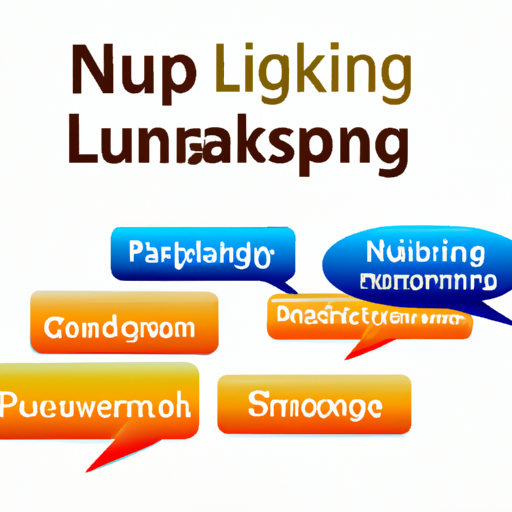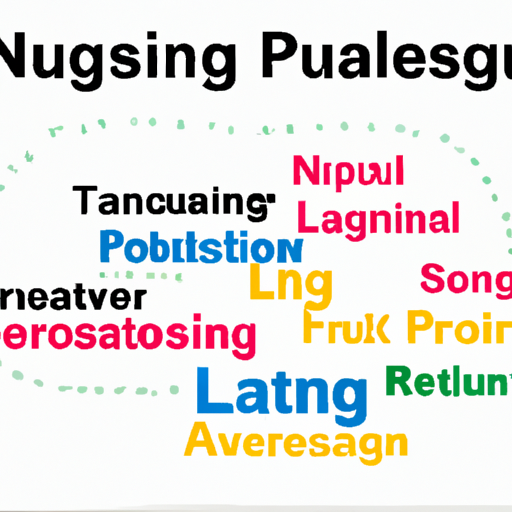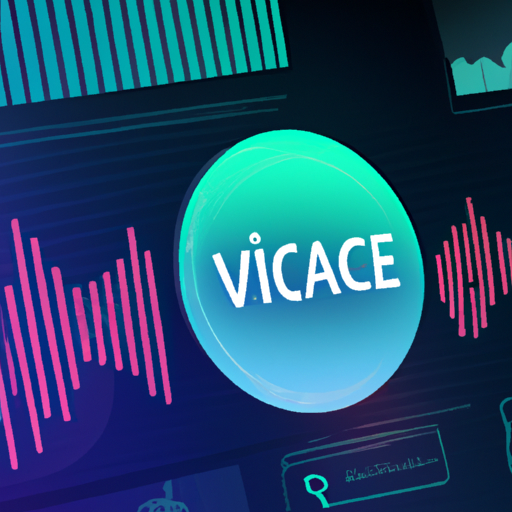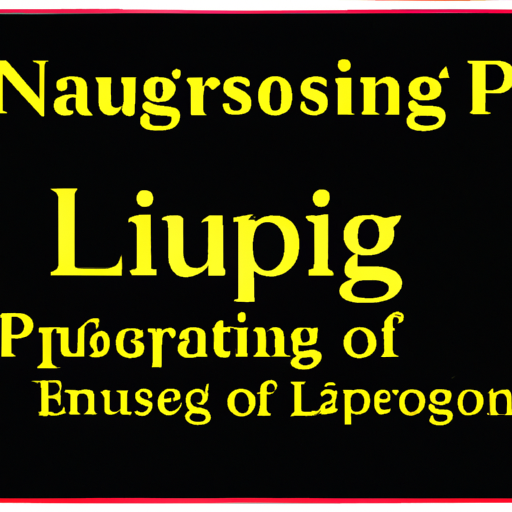In today’s digital age, understanding human sentiment is more crucial than ever. From businesses seeking customer feedback to social media monitoring, Sentiment Analysis plays a pivotal role in extracting insights from textual data. This guide will introduce you to the fundamentals of sentiment analysis, its applications, techniques, and its significance in the field of Natural Language Processing (NLP).
What is Sentiment Analysis?
Sentiment analysis, also known as opinion mining, is the computational task of identifying and categorizing opinions expressed in a piece of text. This process typically involves classifying the sentiment as positive, negative, or neutral, and highlights how the author feels about a particular subject.
Applications of Sentiment Analysis
- Customer Feedback: Businesses utilize sentiment analysis to gauge customer opinions on products and services, allowing them to adapt their strategies accordingly.
- Market Research: Companies analyze consumer sentiments to understand market trends and make informed decisions.
- Social Media Monitoring: Brands monitor social media platforms to track public sentiment around their brand or products, enabling them to respond quickly to customer concerns.
- Political Analysis: Sentiment analysis can help gauge public opinion about political figures, parties, or policies.
Techniques in Sentiment Analysis
Several techniques are employed in sentiment analysis, leveraging various machine learning algorithms and NLP methods:
- Lexicon-based Approaches: These rely on predefined lists of words (lexicons) that are rated for sentiment orientation. Words are scored to determine the overall sentiment of a text.
- Machine Learning Approaches: This method involves training models on labeled datasets. Popular algorithms include Naive Bayes, Support Vector Machines, and more advanced neural networks.
- Deep Learning: More recent breakthroughs involve deep learning techniques, such as recurrent neural networks (RNNs) and transformers, which provide more accurate sentiment predictions by understanding context better.
The Importance of Sentiment Analysis
Sentiment analysis is vital for any organization that values customer feedback and market sentiment. By understanding the feelings and attitudes expressed in textual data, companies can enhance their offerings, improve customer satisfaction, and gain a competitive edge in their industry.
Conclusion
In conclusion, sentiment analysis is a powerful tool that allows organizations to translate customer opinions into actionable insights. Whether you’re a business owner, marketer, or data analyst, grasping sentiment analysis can significantly impact your decision-making processes. Stay ahead in the data-driven world by embracing the power of sentiment analysis!
For more insights into Natural Language Processing and machine learning technologies, keep following our blog!
Keywords: Sentiment Analysis, Natural Language Processing, NLP, Machine Learning, Text Analysis









